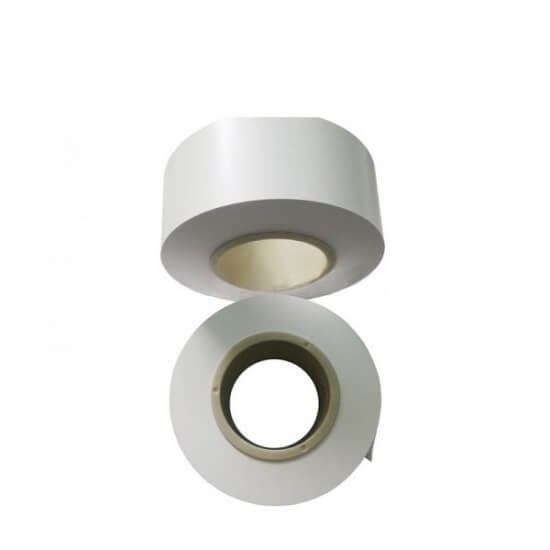PE Separator: A Key Component in Battery Technology
A PE separator (Polyethylene separator) is a critical element in modern battery design, particularly for lithium-ion and other rechargeable batteries. It acts as an insulating layer between the cathode and anode, preventing direct contact while allowing the free flow of ions during charging and discharging. This ensures both safety and efficiency in battery operation.
---
● Role of a PE Separator in Batteries
1. Electrical Insulation
- Prevents short circuits by separating the positive and negative electrodes.
2. Ion Permeability
- Facilitates the movement of lithium ions while blocking electrons.
3. Mechanical Support
- Provides structural integrity to the battery's internal layers.
4. Safety Enhancement
- Acts as a thermal shutdown layer, melting at high temperatures to block ionic flow and prevent thermal runaway.
---
● Characteristics of PE Separators
1. Material
- Made of polyethylene due to its excellent chemical stability and mechanical properties.
2. Porosity
- High porosity (30-60%) ensures efficient ion transport while maintaining mechanical strength.
3. Thickness
- Typically ranges from 10 to 30 microns, balancing durability and performance.
4. Thermal Properties
- Designed to shrink or shut down at specific temperatures, enhancing safety.
5. Chemical Resistance
- Stable against electrolyte solvents and reactive battery environments.
---
● Manufacturing Process
1. Extrusion
- Polyethylene is extruded into thin films.
2. Stretching
- Films are mechanically stretched to create micropores.
3. Annealing
- Heat treatment stabilizes the material and optimizes pore structure.
4. Coating (Optional)
- Some separators are coated with ceramic or polymer layers to enhance thermal stability and ionic conductivity.
---
● Applications of Separator Film
1. Lithium-Ion Batteries
- Used in EVs, consumer electronics, and energy storage systems.
2. Lead-Acid Batteries
- Employed in advanced versions for improved performance.
3. Nickel-Based Batteries
- Found in applications like power tools and backup systems.
---
● Advantages of PE Separators
- High Ionic Conductivity: Supports efficient ion movement for high-performance batteries.
- Excellent Thermal Stability: Improves safety by preventing overheating issues.
- Mechanical Strength: Withstands internal pressures and mechanical stresses.
- Scalability: Cost-effective production for mass-market applications.
---
● Challenges and Innovations
Challenges
- Thermal Shrinkage: Excessive shrinkage can lead to short circuits.
- Limited High-Temperature Stability: Pure PE separators may degrade under extreme conditions.
Innovations
- Multi-Layer Structures: Combining PE with polypropylene (PP) for enhanced thermal resistance.
- Ceramic Coating: Increases thermal and mechanical stability.
- Advanced Pore Design: Improves ionic conductivity while maintaining insulation.
---
● Future Trends
1. Thinner Separators
- Reducing thickness to increase energy density without compromising safety.
2. Enhanced Coatings
- Incorporating advanced materials for improved thermal and chemical resistance.
3. Sustainable Materials
- Exploring eco-friendly and biodegradable separator materials.
4. Smart Separators
- Integrating functionalities like self-healing or real-time monitoring.
---
Conclusion
PE separators are indispensable in battery technology, providing a balance of safety, performance, and efficiency. As the demand for advanced batteries grows, innovations in separator materials and designs will play a pivotal role in shaping the future of energy storage systems.
Let me know if you'd like further details or assistance with PE separators for a specific application!


 +86 13174506016
+86 13174506016 Louis@lithmachine.com
Louis@lithmachine.com +86 18559646958
+86 18559646958
 18659217588
18659217588